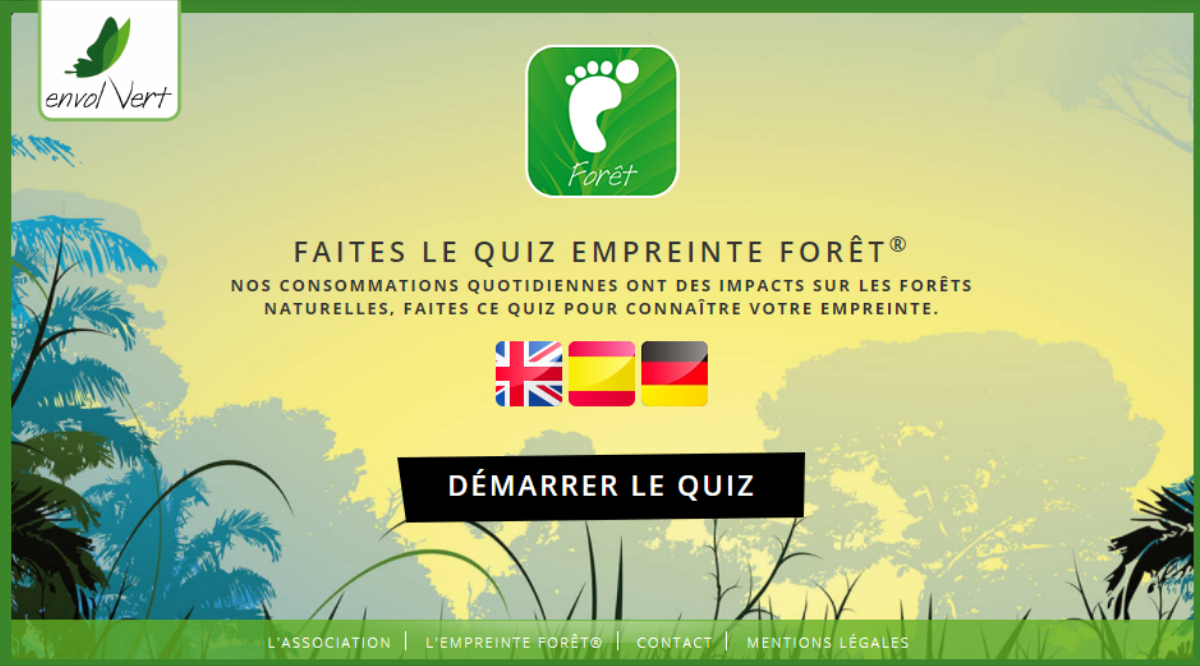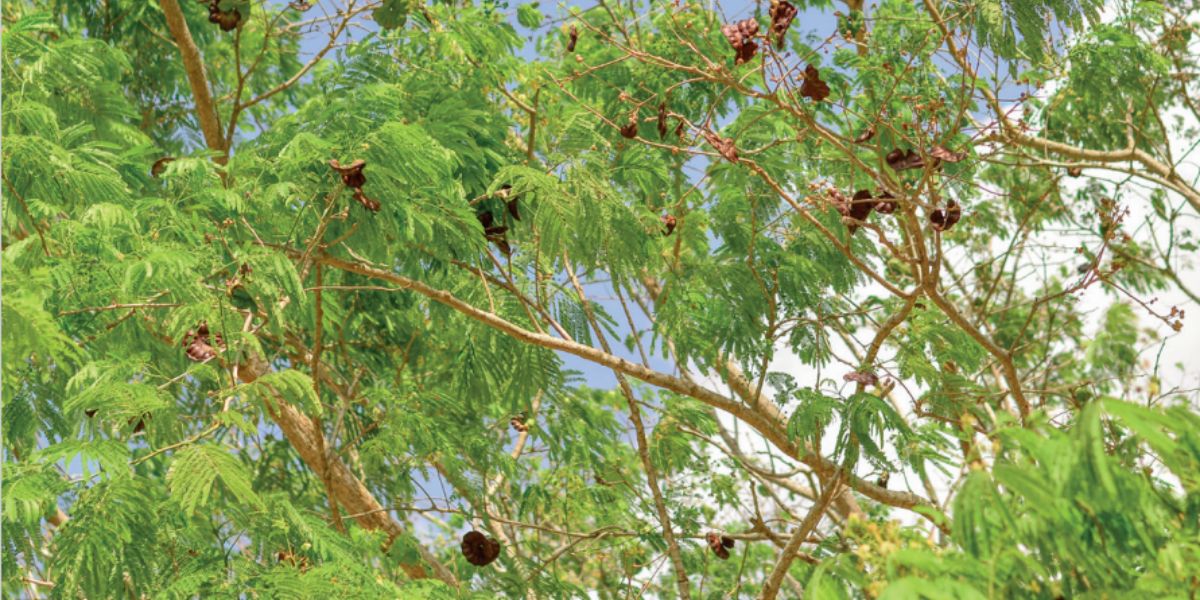
A key indicator
Forest footprint is a methodology developed by Envol Vert in 2013 that measures the impact of consumption on deforestation at consumer, country, company, or community level (or whatever level).
The forest footprint is measured in terms of the area of forest needed to support our lifestyles and consumption patterns.
Why calculate Forest Footprints?
Agriculture causes 80 percent of deforestation.
Almost 50 percent of tropical deforestation can be explained by the illegal conversion of forests to croplands. About 25 percent of illegal tropical deforestation is driven by an export-oriented agricultural production of crops. Several primary commodities are directly associated with this deforestation.
Envol Vert has identified those with a high risk of deforestation: beef, soybean, coffee, cocoa, rubber, timber, and palm oil.
![[FORET]Robles en fleurs3©D.Tarrier](https://da1323dc.delivery.rocketcdn.me/wp-content/uploads/2019/12/FORETRobles-en-fleurs3©D.Tarrier.jpg)

The forest footprint of a person in France is 352 m²
On average, the forest footprint for a person in France is 352 m² equivalent to 4 times the average size of an accommodation unit.
In other words, at a national level, 2,4 million hectares of forest have been destroyed (an area as big as Brittany) to satisfy French consumption.
Soybean imported in France to feed poultry is the main culprit for deforestation (58%), followed by leather, and palm oil mainly used in petrol and diesel biofuels.

How to reduce your Forest Footprint?
It is possible and urgent to act for reducing our forest footprint by making changes in our lifestyles and consumption habits.
Starting a vegetarian diet, reducing our consumption of eggs and dairy products by half, eating local products or green products, can reduce up to 88 percent of our forest footprint.
As a matter of fact, soy is primarily used as feed for factory-farmed livestock (especially poultry, dairy cows, and pork) and is the main driver for deforestation due to our consumption of animal products. Between 2000 and 2015, EU consumption of soy has caused the deforestation of a surface area equivalent to the size of Portugal.

![[MENACES]palme_champ©L. Durant©D.Tarrier](http://da1323dc.delivery.rocketcdn.me/wp-content/plugins/revslider-disabled/public/assets/assets/dummy.png)

![[MONOS]Jessica∏L.Durant](https://da1323dc.delivery.rocketcdn.me/wp-content/uploads/2020/09/MONOSJessica∏L.Durant.jpg)






